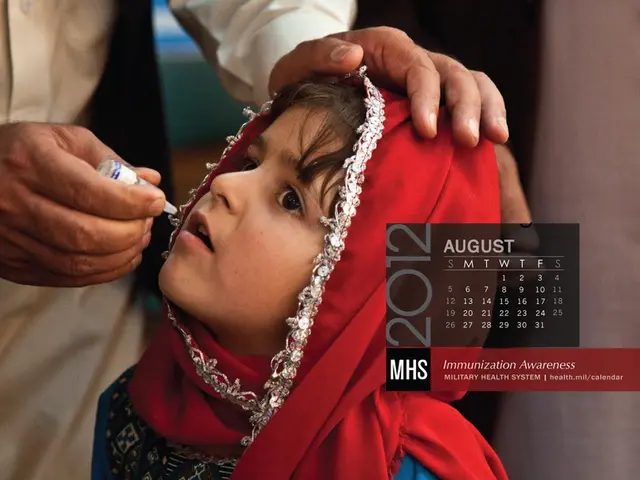Connection between breast and ovarian cancer: Identified links and risk factors
Let's talk about those cancers, shall we?
Breast cancer and ovarian cancer are a power couple when it comes to genetic links, and it's the BRCA1 and BRCA2 genes that are the poster children for this strange romance. If someone's genes got their dance cards filled with mutations in these genes, they're in for a higher lifetime risk of developing both malignancies. Why? Well, it's all about family history, or more precisely, hereditary breast and ovarian cancer syndrome.
Now, let's talk about sharing. Besides those pesky genes, lifestyle habits like aging, packing on the pounds, and not being a mommy just yet can boost the likelihood of both cancers too.
Wondering if a cancer history in one area jacks up the risk in the other? Absolutely! If someone's had breast cancer, they're around twice as likely to develop subsequent primary ovarian cancer, especially if the breast cancer is BRCA-flavored. On the flip side, ovarian cancer increases the risk of breast cancer by around 1.6 times, though this risk varies over time since the initial diagnosis.
But remember, not all cancers are passed down through the genes. Some families may just have an unfortunate knack for getting them, thanks to shared environmental or lifestyle factors. A family history of early-onset cancers or multiple cancers can suggest hereditary factors.
Now, let's talk solutions. Genetic counseling and testing are the names of the game when it comes to identifying genetic mutations and advising on preventive measures. For those carrying genetic mutations, doctors might consider additional options like risk-reducing surgeries, such as prophylactic mastectomies or oophorectomies. On the lifestyle front, maintaining a healthy weight and understanding the effects of parity on risk can make a difference too.
In short, the dance between breast cancer and ovarian cancer comes down to genes and lifestyle factors, with a history of one cancer boosting the risk of the other, particularly when there are genetic mutations involved. So, let's keep an eye on the dance floor, shall we? Better yet, let's work on the floor itself, by focusing on prevention and early detection.
- The BRCA1 and BRCA2 genes, associated with a higher lifetime risk of both breast and ovarian cancers, are often linked in a genetic connection known as hereditary breast and ovarian cancer syndrome.
- Lifestyle habits such as aging, weight gain, and not having children yet can increase the likelihood of developing both breast and ovarian cancers.
- If someone has had breast cancer, they are approximately twice as likely to develop subsequent primary ovarian cancer, especially if the breast cancer is BRCA-related.
- In contrast, having ovarian cancer increases the risk of breast cancer by about 1.6 times, although this risk can fluctuate over time after the initial diagnosis.
- It's essential to acknowledge that not all cancers are hereditary; shared environmental or lifestyle factors may contribute to family histories of multiple cancers or early-onset cancers.
- Genetic counseling and testing can help identify genetic mutations, and doctors may recommend preventive measures such as risk-reducing surgeries like prophylactic mastectomies or oophorectomies for those with genetic mutations.
- Maintaining a healthy weight and understanding the effects of parity on risk can also play a role in cancer prevention and wellness, particularly in women's health areas such as breast-cancer.
- As we continue to delve deeper into the science of medical-conditions like cancer, it's crucial to focus on health-and-wellness initiatives, prioritizing prevention, early detection, and education on menopause and its potential links to certain cancers.








